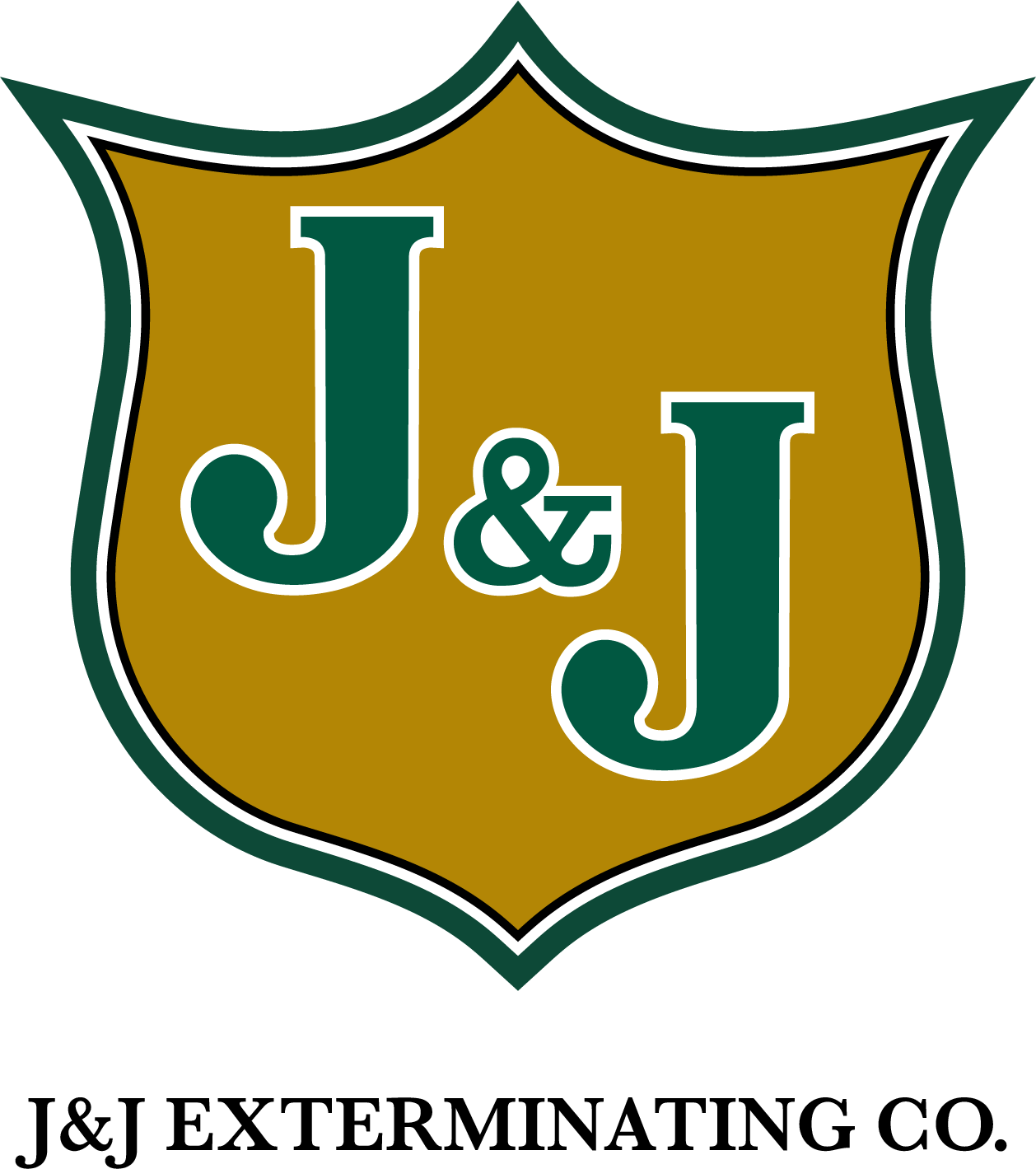All termite species produce swarmers that take flight from existing termite colonies in order to establish new colonies. Termite swarmers are more accurately referred to as “alates,” and their sole purpose is to sustain the species. Alates do not bite, sting or eat wood, but alates of drywood termite colonies initiate infestations in cracks and crevices on the surface of wood. After a male alate and female alate mate, their nymphal offspring proceed to excavate wood, at which point the male and female alates move into the excavated cavity where they serve as queen and king of a new drywood termite colony. Subterranean termite alates do not initiate new colonies within structural wood; instead, a male and female search for a proper nesting site within soil before mating. Once a proper nesting site is found, the male and female alates mate, and the first workers to emerge are tasked with excavating soil to create the subterranean nest. Within a short time, workers build a “royal chamber” where the new queen and king reside.
While Formosan termites are subterranean, just like native subterranean termites, Formosan alates are somewhat different from native subterranean termite alates. For example, alates from native subterranean termite colonies do not generally gravitate toward lights during the nighttime hours, but Formosan alates are notorious for swarming in massive numbers around street lights, porch lights, and even indoor lights. Also, unlike drywood termite alates, which initiate colonies in wood, subterranean termite alates, almost always initiate new colonies within soil only. This is because subterranean termite alates require high moisture levels in soil in order to survive. In exceptionally rare cases, native subterranean termite alates initiate colonies in excessively damp wood. Formosan alates initiate colonies in damp wood frequently, and since these colonies are initiated well above the ground surface, they are known as “aerial colonies.” Workers in Formosan aerial colonies construct nests out of a material called “carton,” and these carton nests are typically located in moist indoor areas, such as in wall or floor voids in bathrooms. Aerial Formosan colonies are also frequently found beneath shingles on roof-tops, especially on flat roof-tops that gather copious amounts of rainwater. While native subterranean termite infestations are almost always started by workers from the ground soil, damaged structural wood is generally limited to crawl spaces and wood around fundations. But Formosan subterranean termite damage can occur anywhere on a home, provided that alates initiate an aerial infestation.
Have you ever witnessed a Formosan subterranean termite swarm near street lights?
Tags: Termite Control, Termite Exterminator



